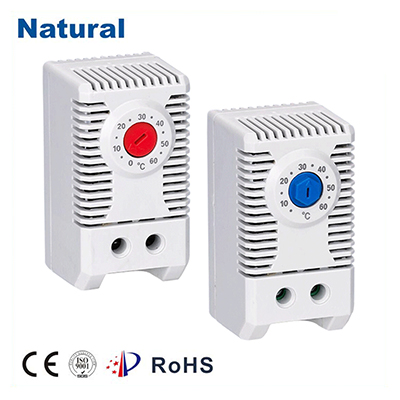Bimetal thermostats are essential devices used in a variety of applications to control temperature effectively. They are particularly notable for their reliability and simplicity in design, which makes them a popular choice in both residential and industrial settings. In this article, we will explore the working principle, construction, applications, advantages, and limitations of bimetal thermostats, providing a comprehensive understanding of this important temperature control device.

What is a Bimetal Thermostat?

A bimetal thermostat is an automatic temperature-controlling device that consists of two different types of metals bonded together. These metals expand at different rates when exposed to heat, which allows the thermostat to respond to temperature changes effectively. When the temperature rises or falls beyond a predetermined set point, the different expansion rates of the two metals cause the bimetallic strip to bend, thereby actuating a switch that either opens or closes an electrical circuit. This action can turn heating or cooling appliances on or off to maintain the desired temperature.
